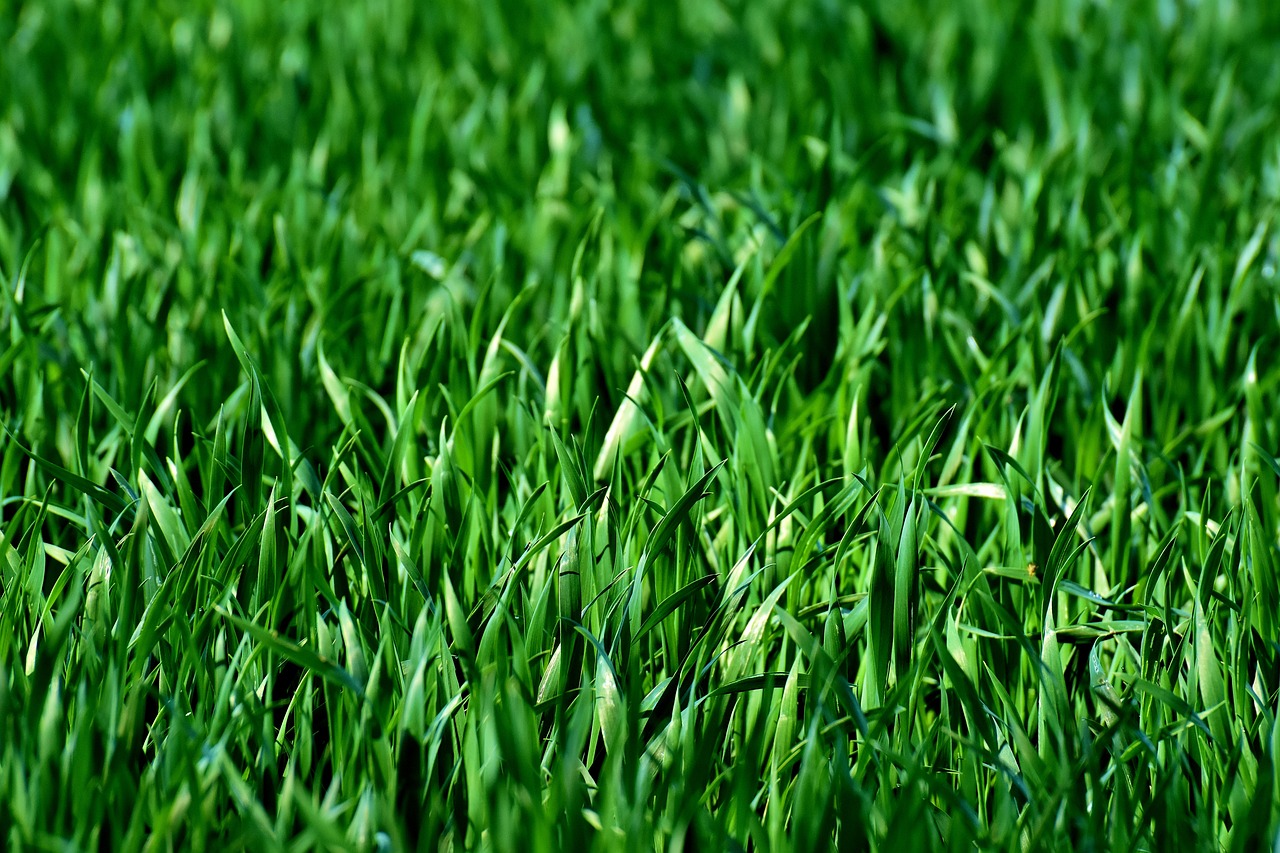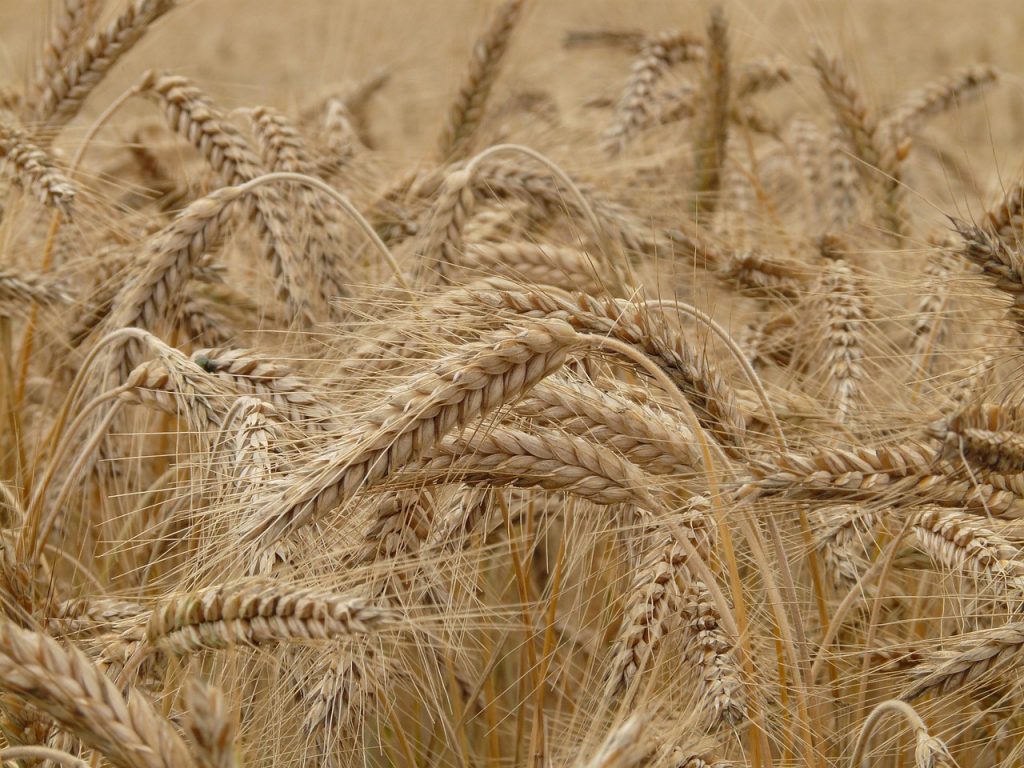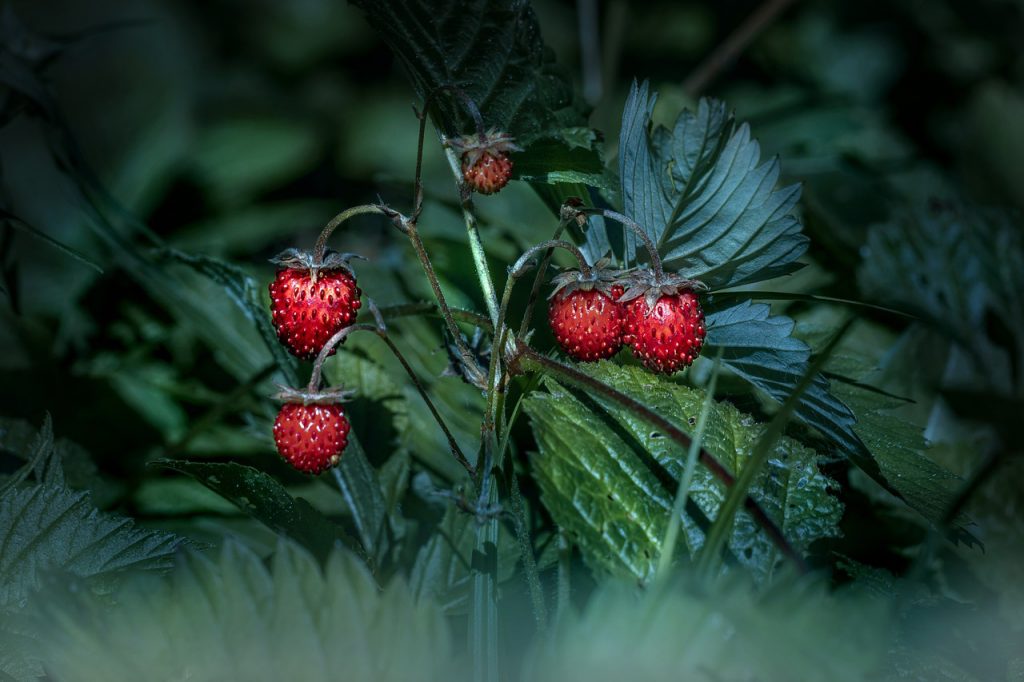
What Happens If You Eat Grass?
What happens if you eat grass? Grass grows abundantly in almost any environment. Man has long wondered whether it might be used to prevent future hunger situations in an emergency scenario. Most grasses are inedible to humans as they possess cellulose, which would not be digested by human systems. As a result, it has a low nutritious meaning to people. Many people become ill following consuming grass.
What Happens If You Eat Grass?
Now allow me to talk about why the grass is typically a bad pick of food, regardless of the situation.
People are unable to consume grasses as our digestive systems are not equipped to deal with the large levels of cellulose present in them. Our system is unable to break down grass blades and make effective use of them.
Animals with properly constructed stomachs, such as cows and goats, and other grass-consuming herbivores animals, can gradually process down and digest elements from grass through a mechanism known as rumination. Despite having a digestive system designed for grass, those herbivores must consume a massive amount of food to survive.
When a cow eats grass, it passes down the esophagus and enters the four-chambered gut. And this occurs repeatedly for every feeding of grass. After brief digestion, the grass enters the reticulum, one of the gastrointestinal chambers, where it is broken down into cud-like bits. The pieces are then thrown up. They’re returned to the cow’s mouth so the animal may crush them up even further and disintegrate the meal far more. The cow eventually eats the meal anew, which returns to the stomach.
Which Sounds Fantastic for a Cow.
Cows aren’t the only ones who regurgitate their meal. sheep and goats, do it as well. Ruminants are what they’re titled. The rumen, the stomach’s major chamber, is the biggest of the four chambers. It is where the grass-digesting magic takes place. The microscopic bacteria residing within the cow’s rumen, not the cow, are the ones processing the cellulose in the grass. In a mechanism classified as anaerobic cellulose digestion. These microscopic bacteria work without the need for oxygen. Enzyme synthesis and fermentation are the two key phases of the process.
In the synthesis of enzymes, bacteria in the rumen release enzymes such as cellulase, which aids in the digestion of cellulose. One of the most common methods is to hydrolyze the cellulose, which involves breaking the cellulose down into simpler carbs like glucose through a biochemical process using water. The enzymes, on the other hand, are the actual heroes of the game, working as triggers to get the synthesis started.
The smaller carbs are then digested, which means they’re metabolized and turned into fatty acids like acetic acid, which is found in cider, butyric acid, something which is present in dairy, and propionic acid, which is utilized as a food preservative. Eventually, they are absorbed as micronutrients. following that, the partially digested grass enters the abomasum, which is a similarly acidic region of the stomach to humans. The meal is further processed after entering the cow’s small and big intestines. Therefore, Microbes are the major actors in grass digestion. People are unable to digest grass because they lack the microorganisms necessary to manufacture the enzymes required to break down cellulose.
We do, however, have enzymes to absorb other carbs, such as starches and simple fructose but still, we just lack the enzymes to break down cellulose. Imagine if someone just placed the same bacteria that live in a cow’s rumen inside their stomach and watched them do their trick? even still, it’s highly unlikely that this would work because the human stomach is excessively corrosive for the cellulose digestion process to take place. The human stomach’s pH ranges from 1 to 3, which is quite acidic. The rumen pH in cows, where grass-digesting microorganisms dwell, is close to a moderate 6 or 7. At a pH of 5.5 or below, the bacteria terminate breaking down cellulose, therefore placing them in the human stomach wouldn’t allow people to digest grass.
However, the small and large intestines of humans are only two likable habitats for these microorganisms. However, neither option is a good one. Although the pH in the small intestine is more neutral, bacteria may try to outcompete humans for micronutrients in processed meals. And because the big intestine won’t be capable of absorbing the elements from the grass, adding bacteria to break down cellulose won’t help enough.
One approach is to simply consume oral cellulose, similar to how lactose-intolerant persons can take a tablet containing the lactase enzyme, which allows them to consume milk. However, experts haven’t yet devised a feasible way for isolating the enzymes that permit humans to eat grass and assuming if they did, humans don’t know what health consequences this might have. However handy though, grazing in your front yard for dinner might be, it’s safer to consider leaving the grass to the cattle.
Also, if humans were to digest grasses, people would soon run out of teeth with which to eat them. Grasses often have a high quantity of silica, which would swiftly erode at our teeth’s coating. To pay off for this, large herbivores have teeth that regenerate indefinitely.
So, if you want to keep your beautiful grin, avoid eating the grass.
Nevertheless, let’s say that a human could properly digest grass, but a huge portion would be required to keep us alive.
Consider attempting to survive just on lettuce. It’s hard to consume enough calories before being full on the vegetable.
Cows must consume up to 13 kg of hay or grass every day merely to stay alive.
Granted, humans are a quarter the size of cows, but picture attempting to consume 3 kg of grass every day.
Let’s Pass that.
In other words, except for a species that has adapted to receive nutrients from grass through rumination, the nutritional benefit of grass to a given animal is nil.
Can You Cook and Eat Grass?
The food preparation process softens vegetables and makes them more pleasant. Regrettably, this does not apply to grass.
Grass cannot be cooked to turn it more palatable. Seasoning nor heating does not sufficiently break down the cellulose to make it digestible.
Most vegetables contain far less cellulose than grass, which is why heating them softens them and makes them easier to absorb. To put it another way, we do not cook veggies to make them appetizing. We cook them so that we may consume them.
Isn’t it true that we can consume raw salad, asparagus, and vegetables? But Cooking grass only results in soft grass if you steam it or burned grass if you fry it.
Delightful Indeed.
What’s Grass Taste Like?
Grass tastes exactly how it smells, according to firsthand testimony from those who have tasted it. It’s a little gritty and dry, with a texture comparable to leafy vegetables, and it smells like earth. that is why it’s not on the regular dining table.
Will I Die If I Eat Grass?
It’s doubtful that consuming a modest bit of grass will kill you. However, consider what animals do all day in the grass. Animals pee, vomit, discharge waste, and lay on areas wherein grass would otherwise thrive.
therefore, a, whenever eating grass, people don’t essentially have to be concerned about the grass alone. Though Grass blades are frequently infected with hazardous germs and microorganisms.
Edible Grass Types
There is often an exclusion to the customs in everything. We are aware of the fact that most people consume grass daily in the type of grains or cereals. Nevertheless, you are unlikely to be able to discover or consume this sort of stuff in the wilderness or a life or death scenario. Nonetheless, there are a few nutritious kinds of grass worth acknowledging if you learn how to recognize them:

| Wheatgrass | Wheatgrass grows naturally in northern climatic regions and is safe to consume uncooked. |
| Rice Grass | Rice grass is a high-fiber, high-protein food. It was a fundamental grain in many Native American cultures’ diets before wheat arrived. Rocking the grain separates it, which may then be dried and processed into flour for bread, soups, and cereal. You may also thicken it by boiling it and shaping it into pancakes. |
| Alfalfa Grass | Alfalfa, which belongs to the legume family, can occasionally be seen growing wild on topsoil. They feature purple blooms and may reach a height of 4 feet. |
| Bamboo | Many societies consume bamboo shoots. Once the plant is young, the delicate white innermost overlay of the stems can be eaten after removing any of the tougher outermost layers and boiling it to eliminate the toxicity. |
| Barley Grass | Can find it near roadsides in disturbed habitats in Western Asia and Northern African regions. |
| Lemongrass | Lemongrass is used mostly as a flavor, although it may also be consumed whole. The inner base of raw lemongrass is consumed after the outer column is removed. |
Substitutions to Grass
Although eating grass is not a good way to avoid starving, there are usually other nutritious alternatives that grow in the same area as grass and can help you survive.
- Dandelions – This easy-to-grow plant is difficult to eliminate but simple to pluck. There are several gastronomic and medicinal applications for the leaves, roots, and even flowers. The simplest method is to simply select the little leaves found in the middle of a dandelion cluster which is the most delicate and least bitter, finely cut them, and sprinkle them in salads, where they give a pleasantly acidic taste. The golden petals provide a wonderful touch to the dish.
- Purslane – This weed’s muscular teardrop-shaped leaves have a peculiar succulent, mucilaginous feel, similar to spinach and okra. When put together in a salad, purslane’s mild flavor balances out the harsher tastes of several other weed species.
- Nettles – Nettle leaves are spiky, with pointy, little hairs that can hurt the skin. Don’t be fooled by its appearance; it’s one of the highest vitamin-dense foods on the planet. Should only consume the young plants, and must dry or boil them before eating. The stems can also be utilized to build fishnets.
- Sheep Sorrel – French sorrel, a gourmet green with a renowned tart flavor, is directly linked to this plant. The flavor of sheep sorrel’s arrow-shaped leaves is remarkably identical to that of dandelion, albeit they are smaller and have a somewhat bitter edge. You wouldn’t want to eat a meal made entirely of this plant, but finely diced, it’s a wonderful addition.
- Wild Strawberries– Another widespread plant that may be found in a variety of environments. They are completely safe to consume and taste identical to cultivated strawberries.

- Lambs quarters – They are one of the healthiest foods available to humans, with more protein and iron than broccoli and spinach. Farmers refer to them as weeds since they are simple to notice. The plant consists of toothed leaves with a powdery coating on or under them all of the time.
- Chickweed – Chickweed is among the few herbs that can equal the suppleness and subtle flavor of baby lettuce.
- Garlic Mustard– These weeds have a flavor similar to mustard plants (and whom it is likely to relate, with a touch of garlic. The leaves are sensitive when picked early, but you may also eat the blooms if the crops get large and produce them.
- Violets – All violets and violas, even the little weedy varieties that typically overtake gardens, have appetizing leaves. The delicate blossoms are also wonderful.
- Lamb’s Quarters – It is among the most frequent weeds in gardens, as well as one of the tastiest. In salads, they work well as a spinach alternative. Lamb’s quarters may grow up to the knees in height, but the leaves are most sensitive on plants that are only a few inches tall.
- Plantain – Plantain leaves are stiff and gritty, so use them lightly in salads. Choose the tiniest, most fragile pieces and gently cut those. They have a mild taste and are high in nutrients.
Surprisingly, there was a time in human civilization when people were capable of digesting grass. Approximately 4 million years ago, it happened. Australopithecus bahrelghazali, our smaller, hairier ancestral cousins, have canines that appeared well for the job.
So I suggest whenever you think about eating grass just remember to remember the above. And know there are always second choices available on mother nature’s diner.